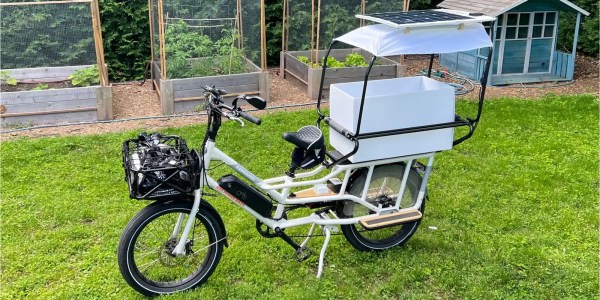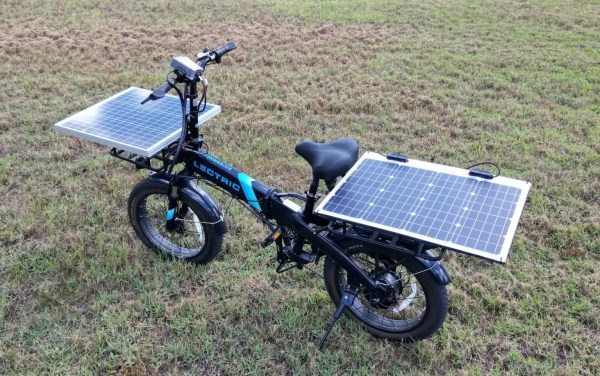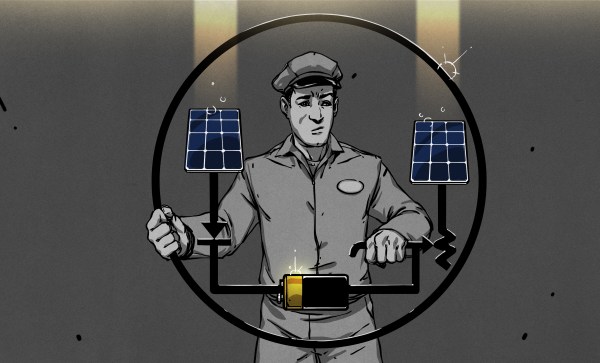For RC aircraft there are generally legal restrictions that require the craft to stay within line of sight of the operator, but an RC boat or car can in theory go as far as the signal will allow — provided there is ample telemetry to let the operator navigate. [Thingify] took this idea to the extreme with a remote-controlled boat that connects to a satellite internet service and adds solar panels for theoretically unlimited range, in more ways than one.
The platform for this boat is a small catamaran, originally outfitted with an electric powertrain running on a battery. Using a satellite internet connection not only allows [Thingify] to receive telemetry and pilot the craft with effectively unlimited range, but it’s a good enough signal to receive live video from one of a pair of cameras as well. At that point, the main limiting factor of the boat was the battery, so he added a pair of flexible panels on a custom aluminum frame paired with a maximum power point tracking charge controller to make sure the battery is topped off. He also configured it to use as much power as the panels bring in, keeping the battery fully charged and ready for nightfall where the boat will only maintain its position and wait for the sun to rise the next morning.
With this setup [Thingify] hopes to eventually circumnavigate Lake Alexandrina in Australia. Although he has a few boat design issues to work out first; on its maiden voyage the boat capsized due to its high center of gravity and sail-like solar panels. Still, it’s an improvement from the earlier version of the craft we saw at the beginning of the year, and we look forward to his next iteration and the successful voyage around this lake.
Continue reading “Solar-Powered RC Boat Has Unlimited Range”















